Opportunities for patients with neurological movement disorders
For the first time at Viet Duc Friendship Hospital, doctors have successfully performed surgery on a patient with generalized muscle tone disorder using deep brain stimulation surgery.
This is also the first case of muscle dystonia performed using this "cutting-edge" technique in the North Central region.
The patient who underwent surgery was patient NH, 17 years old, residing in Bac Ninh . The patient had a history of dystonia since childhood, which gradually progressed and was treated with antispasmodic drugs for many years but was resistant to the drugs and responded very poorly to treatment.
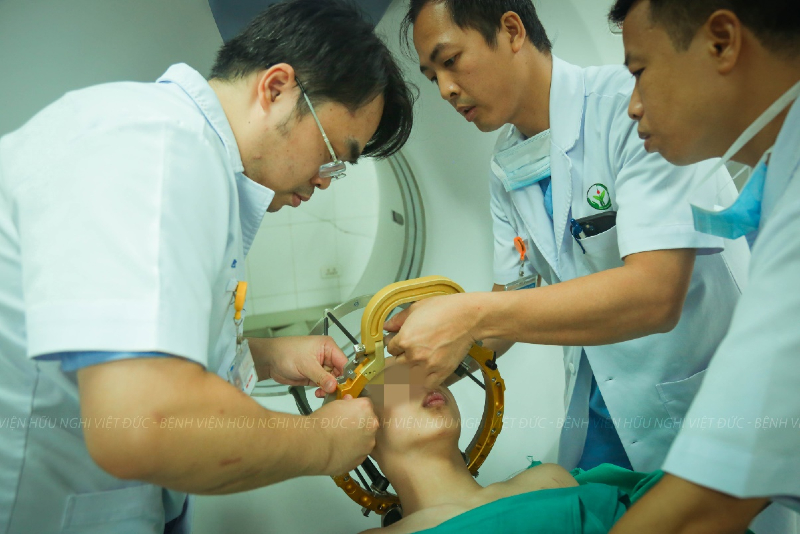 |
| Doctors from Department of Neurosurgery I, Viet Duc Friendship Hospital performed surgery on the patient. |
The muscle groups that contract in the back, neck, and jaw areas greatly affect the patient's life, making the patient's body thin and often bent like a shrimp.
Muscle spasms affect the patient's physical and mental health. Patients cannot go to school like other normal people, always need parents' help with eating and personal hygiene.
That also negatively affected the whole family's psychology. NH's parents took him to many places for treatment, but his illness did not improve and became worse.
At Viet Duc Friendship Hospital, the patient was examined and evaluated by a board of experts on movement disorders including leading expert Associate Professor, Dr. Dong Van He, Deputy Director of the hospital, Director of the Neurosurgery Center, along with neurologists, functional neurosurgeons, and diagnostic imaging doctors, who consulted with the Neurosurgery Center, concluding that the patient had symptoms of generalized dystonia.
Dr. Ngo Thi Huyen, Internal Medicine - Neurological Resuscitation - movement disorder specialist, added that dystonia is a movement disorder of the nervous system, with the manifestation of continuous or repeated involuntary muscle contractions, creating abnormal postures of one or many different areas of the body. The incidence of dystonia is about 1/2,000 people.
The disease is divided into two groups: focal dystonia and generalized dystonia. This patient belongs to the generalized dystonia group, which has a worse prognosis than focal dystonia. In medical literature, the success rate of surgery for patients with generalized dystonia ranges from only 4% to 40%.
This surgery is not common in the world . There are only a few cases per year in movement disorder treatment centers around the world. In Vietnam, there has only been one case performed in the South. In the North, this is the first case.
Dr. Tran Dinh Van, Department of Neurosurgery I, Viet Duc Friendship Hospital, the doctor who directly performed the surgery on the patient, said that the location of this patient's deep brain stimulation surgery is different from other deep brain stimulation surgeries.
For Parkinson's disease, deep brain stimulation surgery will be performed in the hypothalamus, but this patient had to have it placed in the globus pallidus bilaterally.
The MRI feature of this patient is bilateral globus pallidus lesions that have developed since before, making it difficult to identify the morphology of the nucleus. This is a surgical challenge because accurate identification of the nucleus is essential for accurate placement.
Accuracy is calculated in mm, the allowable error is only 1mm. Therefore, doctors have to apply special techniques such as taking special multiple pulses such as T1 gray matter signal inversion, T1, T2 thin slices, SWAN... which require fine-tuning of many parameters and require much more time to take pictures than conventional magnetic resonance.
Combined with in-depth diagnosis such as using electrophysiological neuroimaging to detect the morphological characteristics, shape and frequency of activity of the globus pallidus nucleus different from other nuclei.
Another difficulty is that because the patient has a lot of muscle spasms, placing the positioning frame or the process of inserting electrodes into the brain to achieve absolute precision is very difficult. The anesthesia team must use just enough anesthetic for the patient so that the patient can lie still without losing the activity waves of the globus pallidus.
This is a special surgery, a type of awake surgery where one has to walk the line between keeping the patient still for the surgery and still enough awareness to cooperate with the surgeon to evaluate the effects of the surgery.
For the group of movement disorders requiring surgery, this is the youngest patient. Because the patient is very thin and young, invasive surgery must be done very carefully to avoid the risk of infection and bleeding that can easily occur. Doctors solve these difficulties by preparing the patient before surgery according to a very strict procedure.
Patients are bathed according to surgical procedures, bathed with a special betadine solution to disinfect the skin, placed in a separate room to ensure a clean environment, given prophylactic antibiotics, and examined thoroughly every day...
The successful awakening surgery for a patient with muscle dystonia affirms the professional level and promises the potential to conquer many other cutting-edge medical techniques in the world of Vietnamese doctors as well as the smooth coordination between experts: surgeons - neurologists - diagnostic imaging technicians, neuroelectrophysiology technicians and anesthesiologists.
After surgery, patient H. was examined and clinically evaluated daily. Currently, the patient is stable, has no fever, the surgical wound is dry, and there have been good improvements in mobility such as the patient can sit up in bed by himself, and the muscle spasms have improved.
Doctors expect that 1 month after surgery, after adjusting the parameters of the symptom stimulator, the patient will improve more. The successful surgery not only brought joy to the patient and his parents, but also multiplied the hope for many other patients with dystonia.
Dr. Nguyen Anh Tuan, Head of Internal Medicine - Neurological Resuscitation Department, Viet Duc Friendship Hospital, said that the cause of dystonia is due to dysfunction of the gray nuclei in the brain.
Conditions that can cause damage to the central gray matter include: neurological infections, brain tumors, stroke, degenerative brain diseases, and genetic diseases. Cases of dystonia with no known cause are considered idiopathic dystonia (primary dystonia).
Doctors perform tests to find the cause and treat the underlying disease to relieve symptoms and stop the disease process.
In cases where the cause has been treated but the symptoms still do not go away, doctors will apply treatment methods to reduce the patient's symptoms, including: oral medications, botulinum toxin injections, surgery and supportive treatment.
Dystonia can occur in any part of the body. Common clinical forms of dystonia include eyelid spasm, orofacial dystonia (spasm of the muscles of the mouth and jaw causing the patient to spasm when speaking or bite the jaw spontaneously), cervical dystonia (causing the patient's neck to rotate/bend/sway frequently to one side);
Hand dystonia (when the patient writes/plays a musical instrument, the wrist or fingers are bent, making writing difficult, often mistaken for joint disease or carpal tunnel syndrome, etc.), speech dystonia (the patient makes interrupted, difficult-to-understand speech) or even generalized dystonia.
Doctors recommend that when there are unusual signs as above, patients need to be examined early to receive advice and have effective and timely treatment methods.
Source: https://baodautu.vn/co-hoi-cho-benh-nhan-mac-cac-roi-loan-van-dong-cua-he-than-kinh-d222878.html




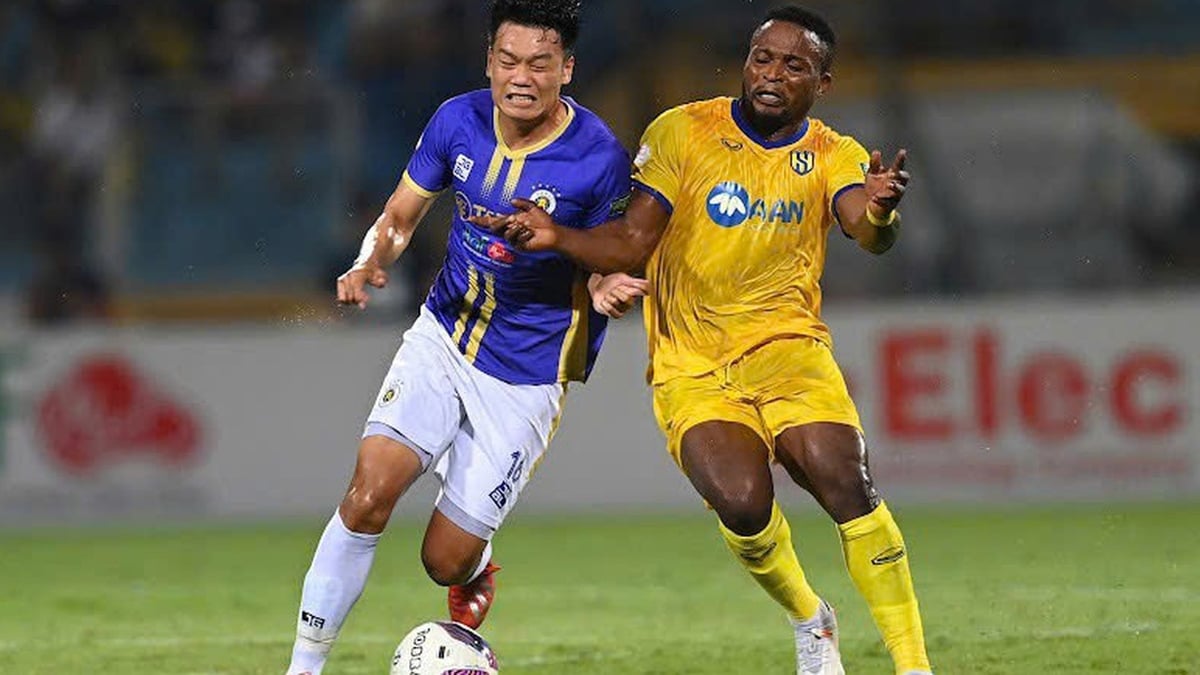


















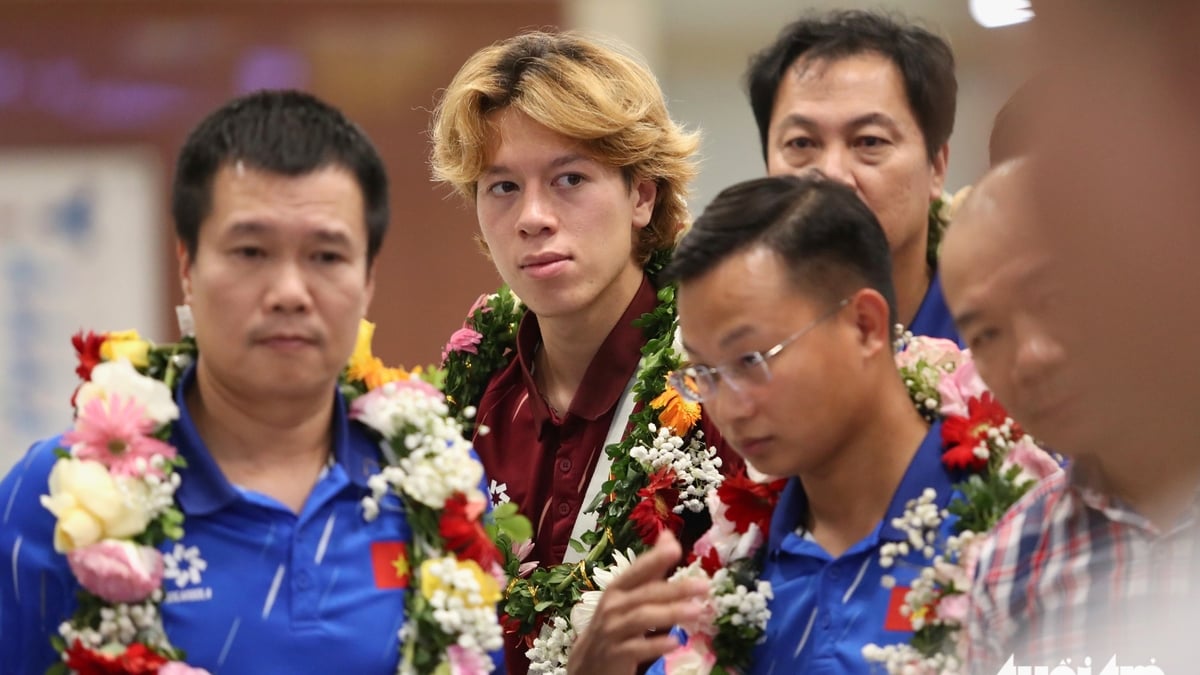
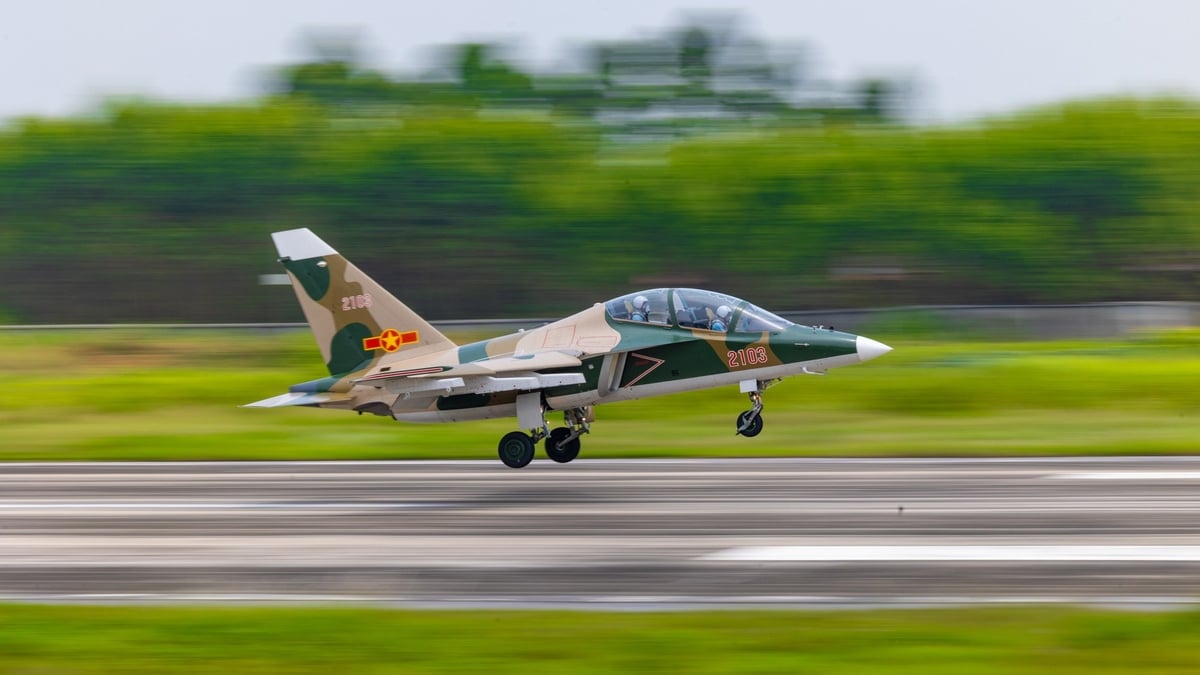







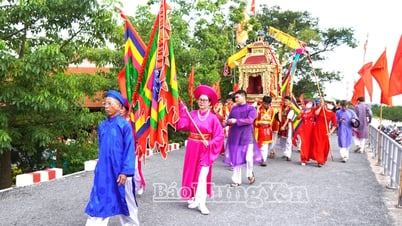

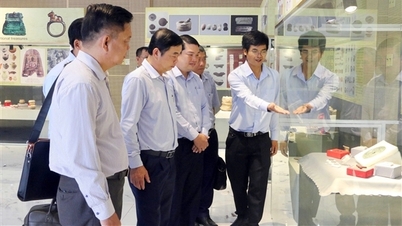











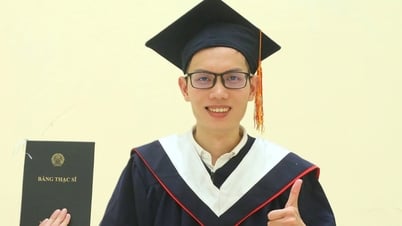














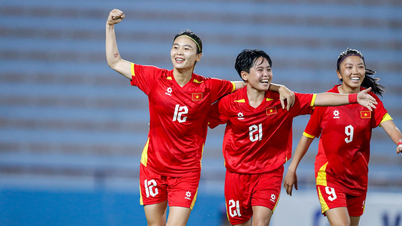


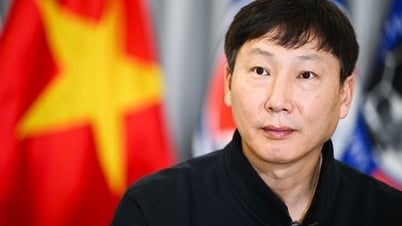


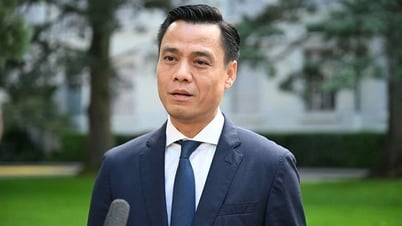



















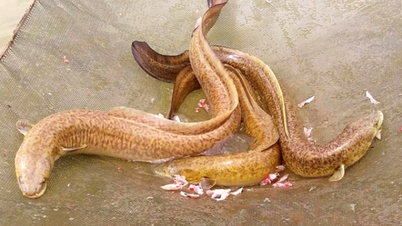




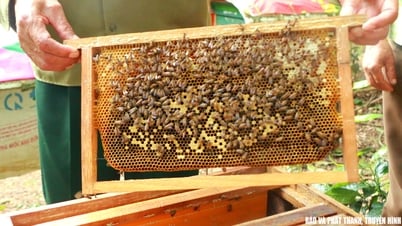





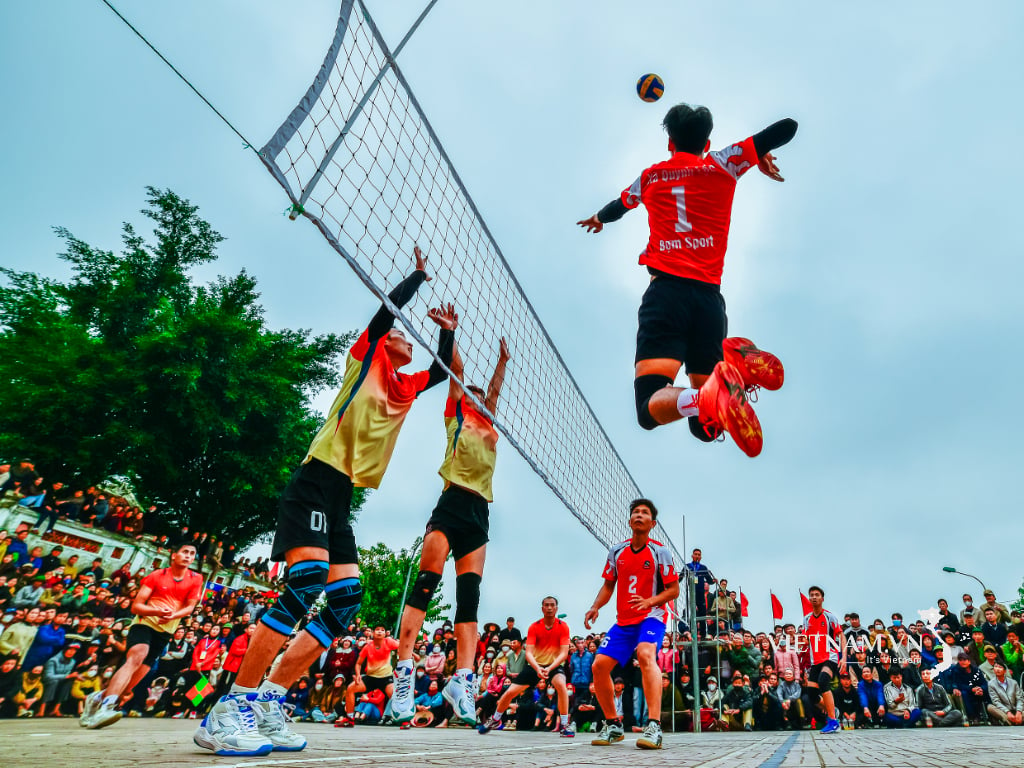

Comment (0)